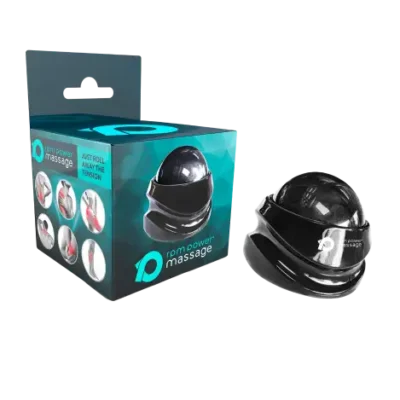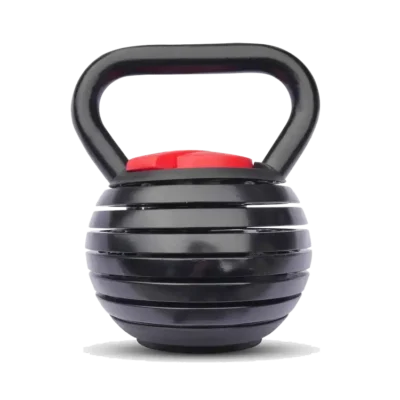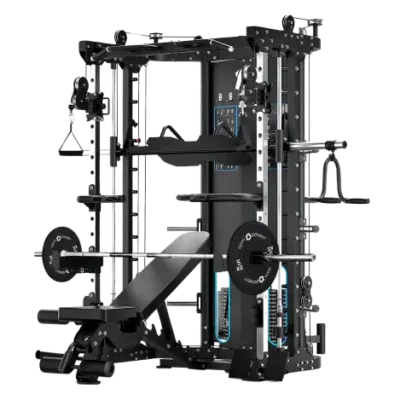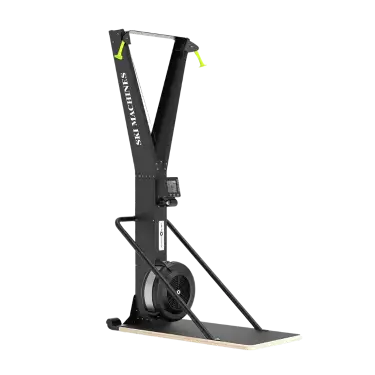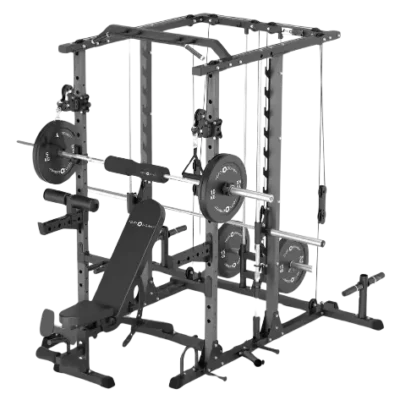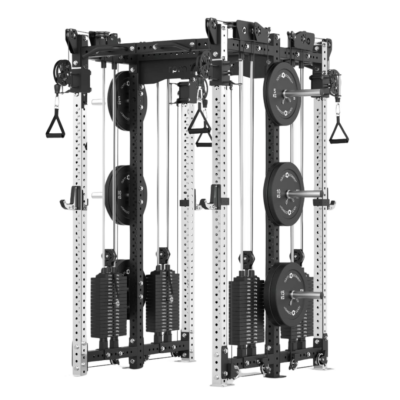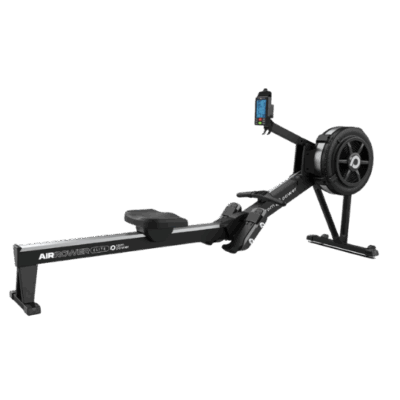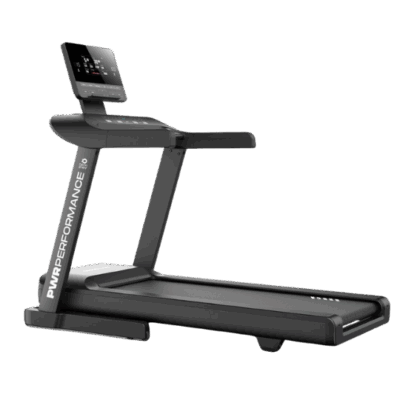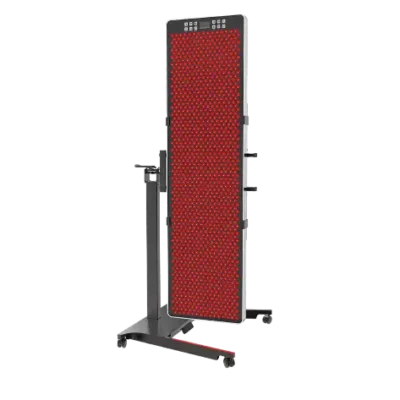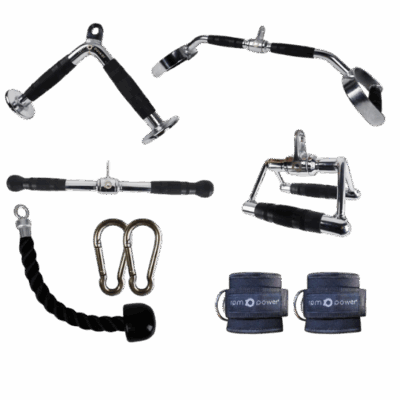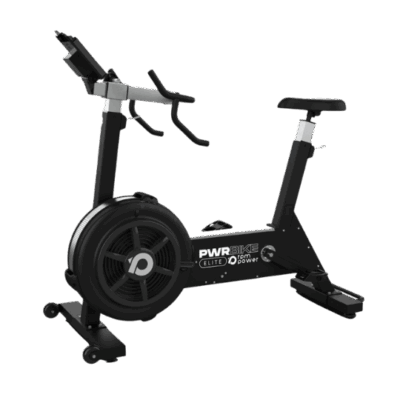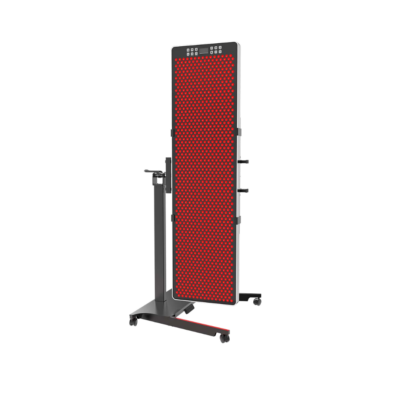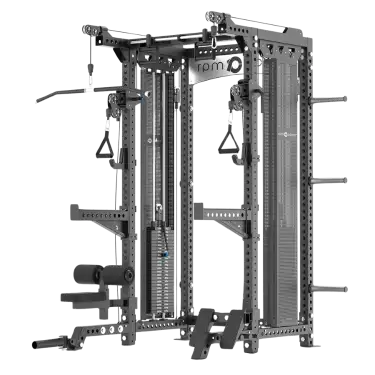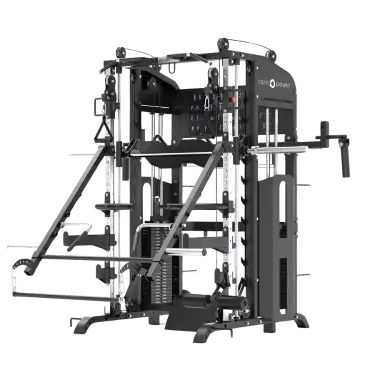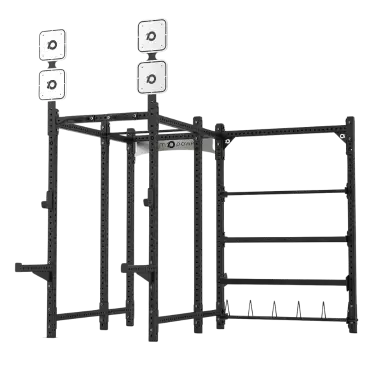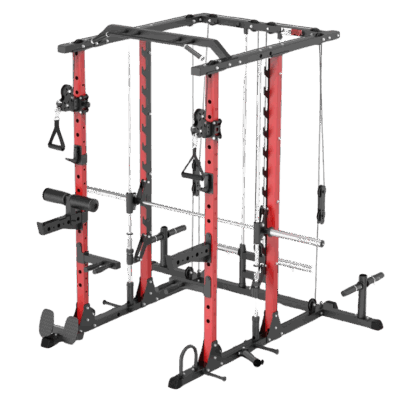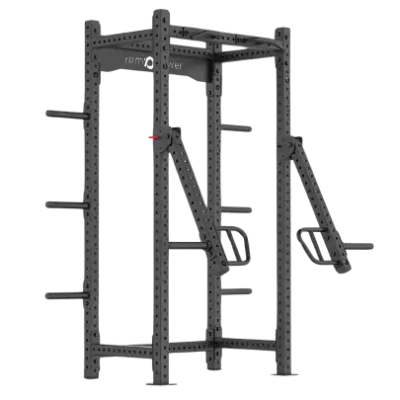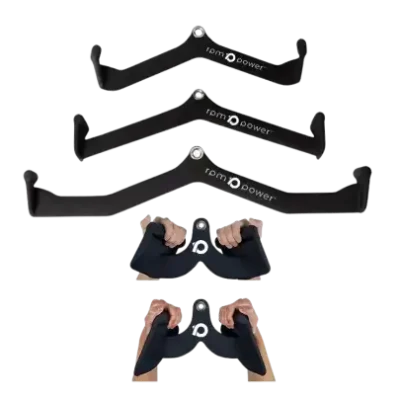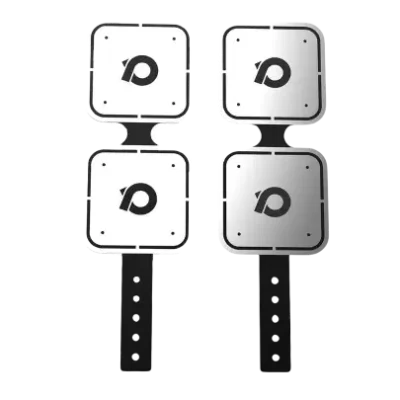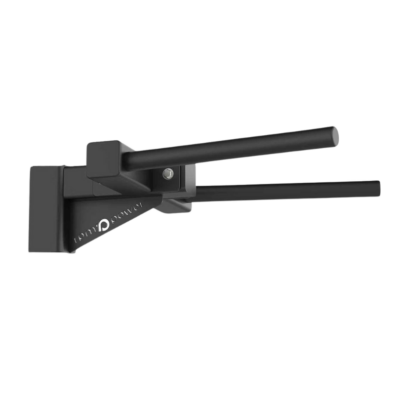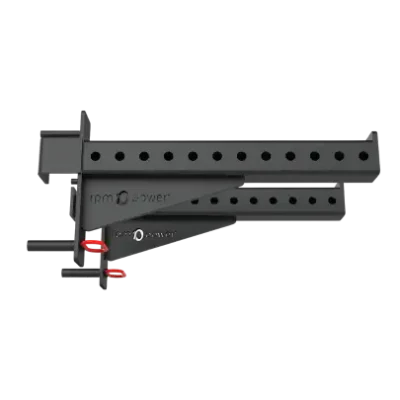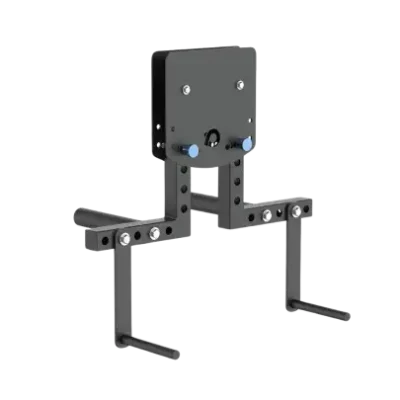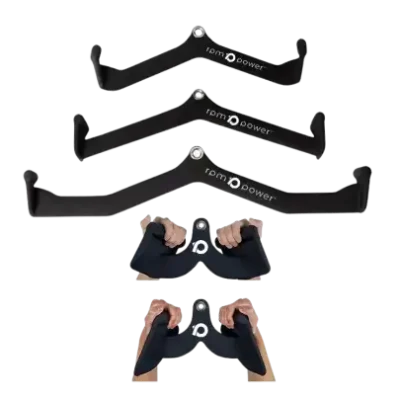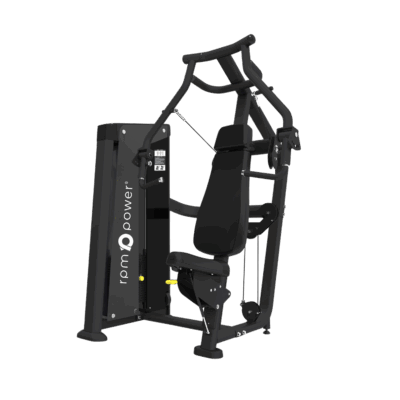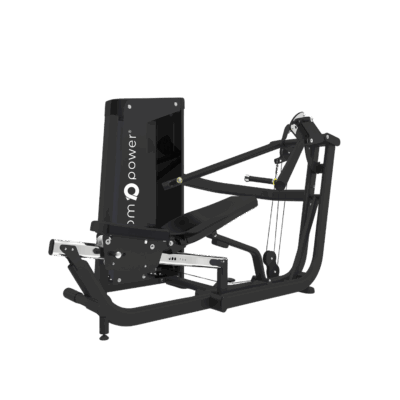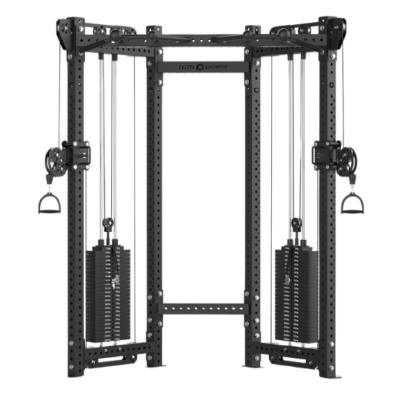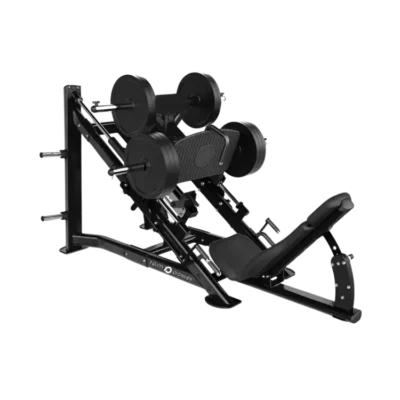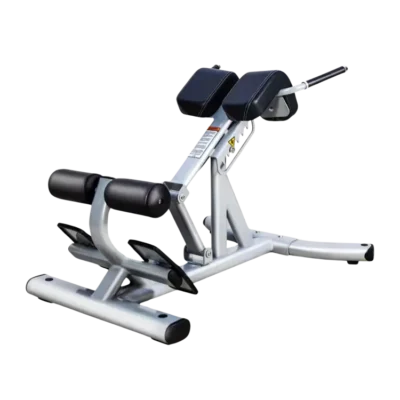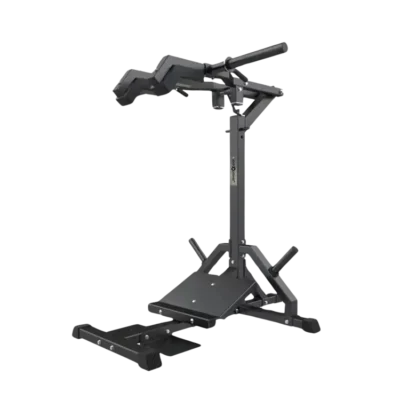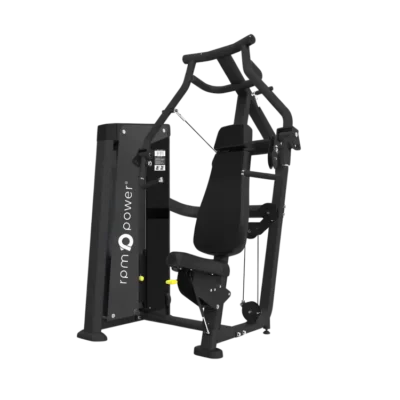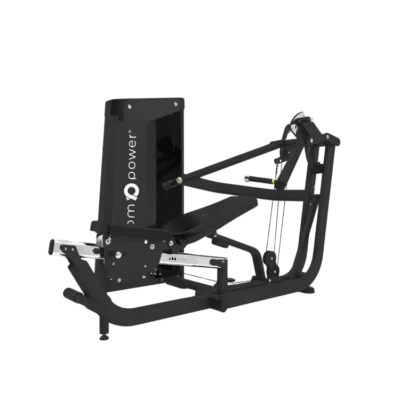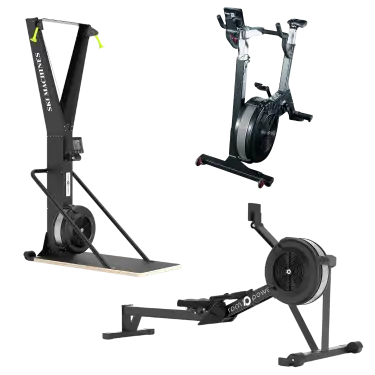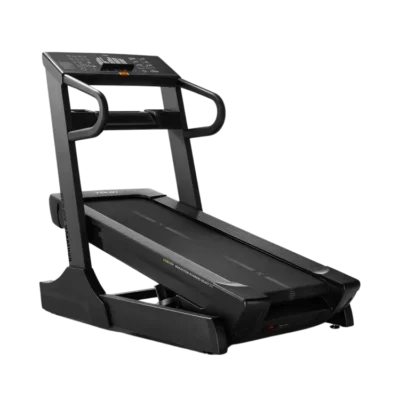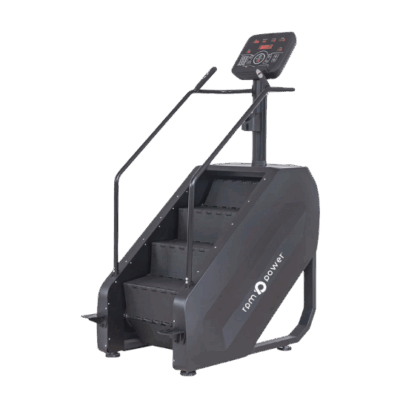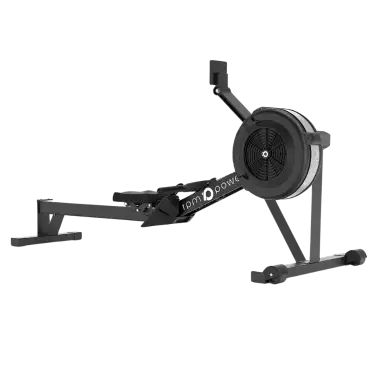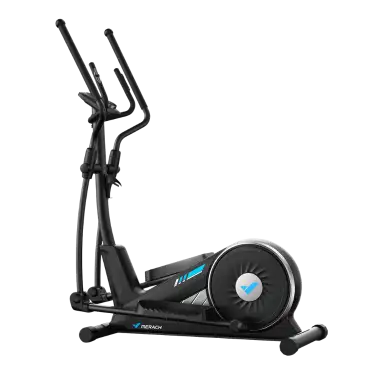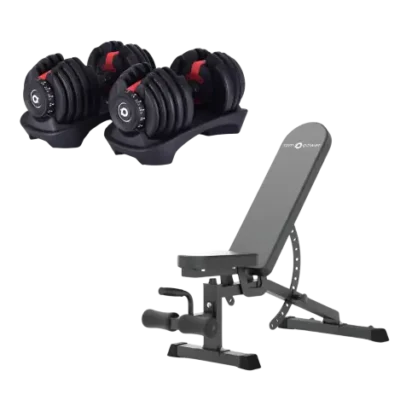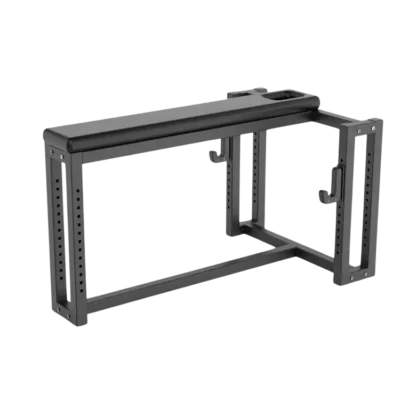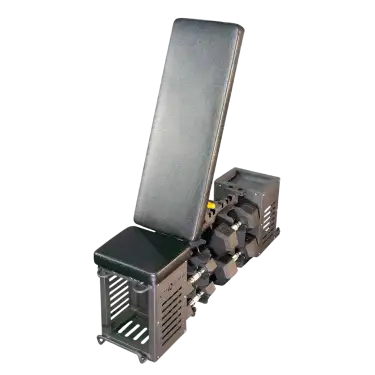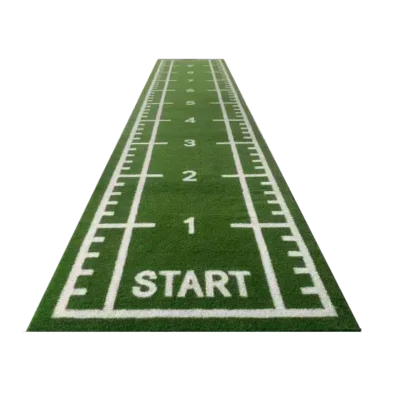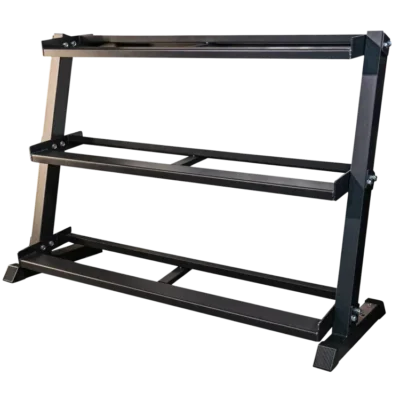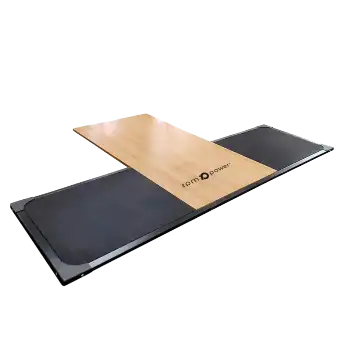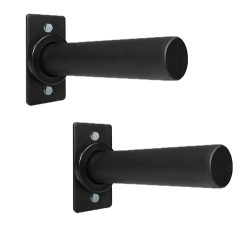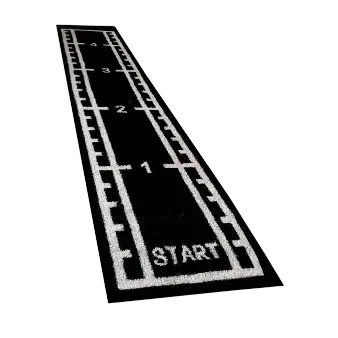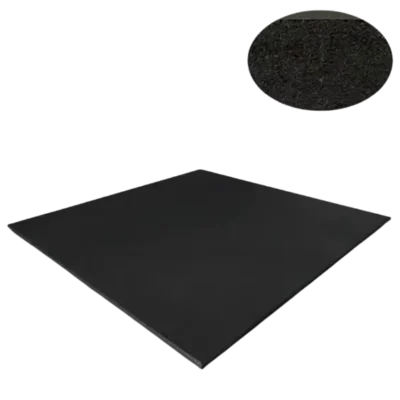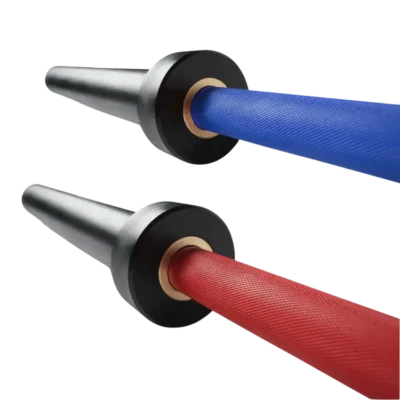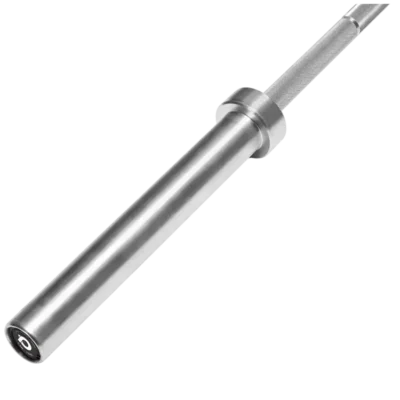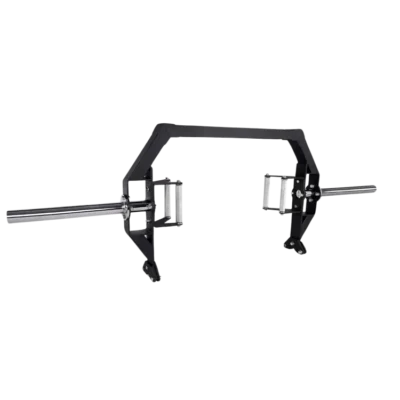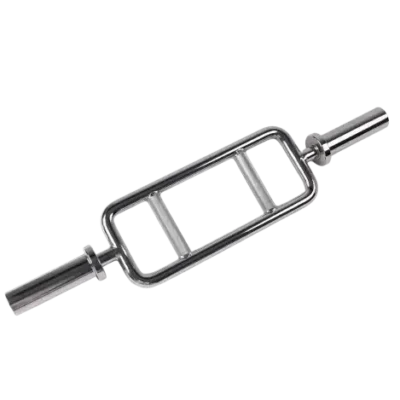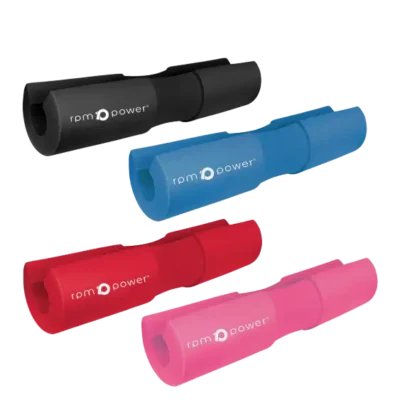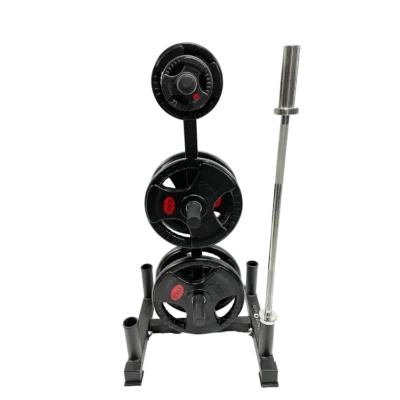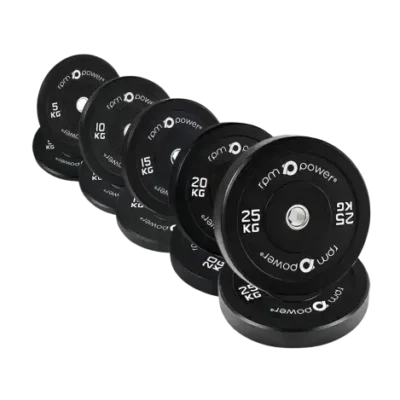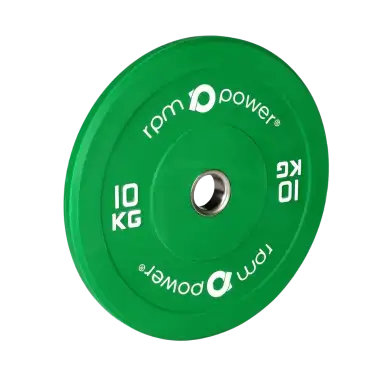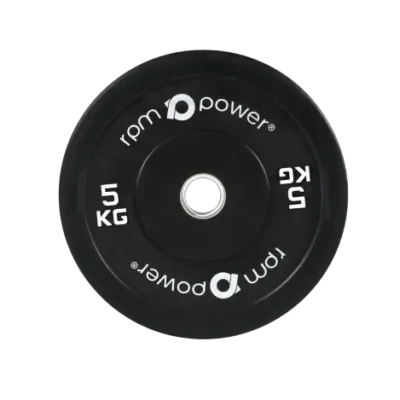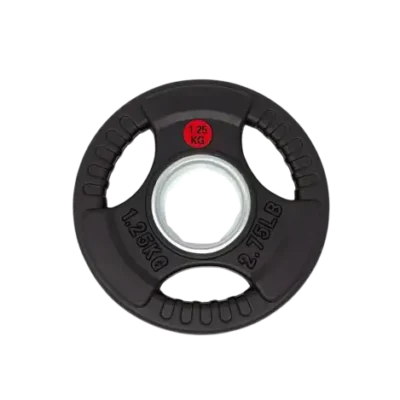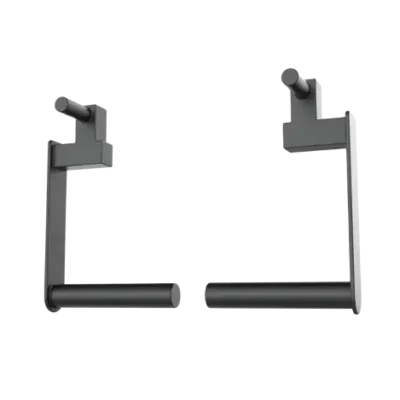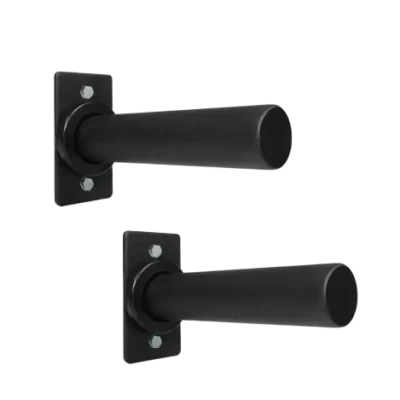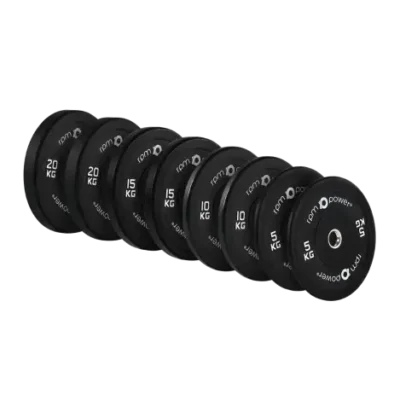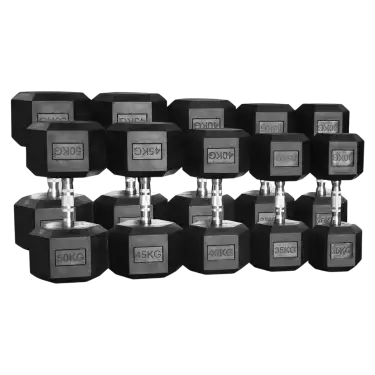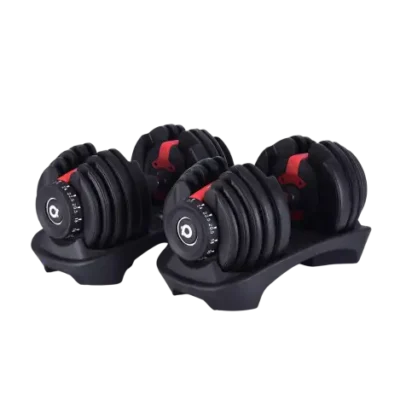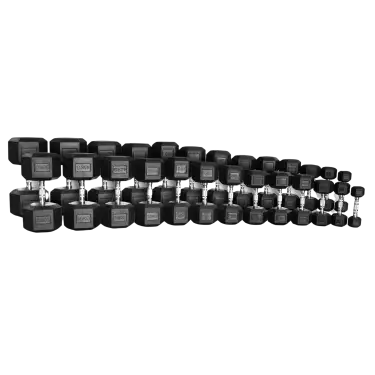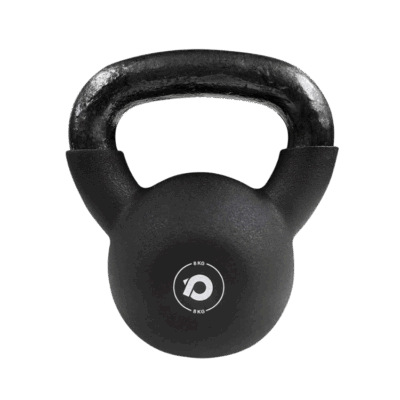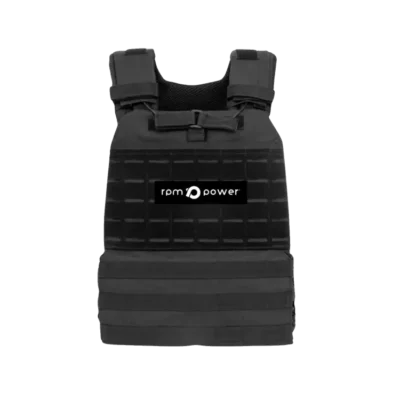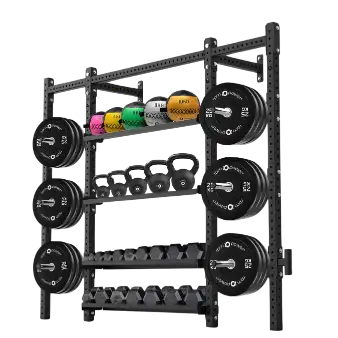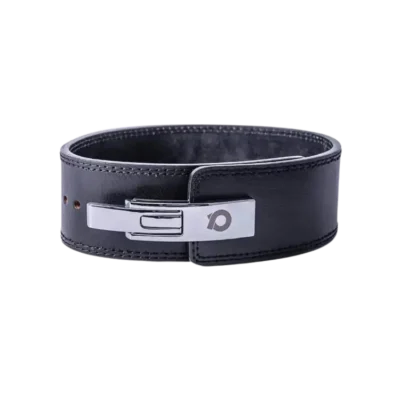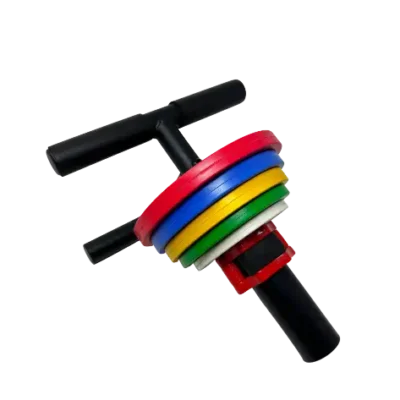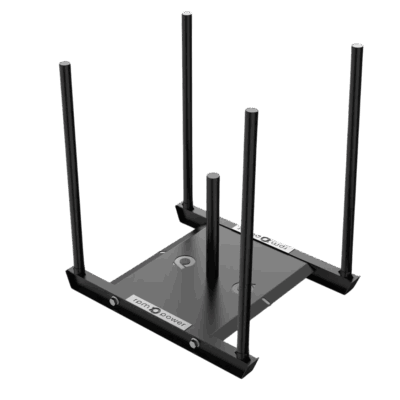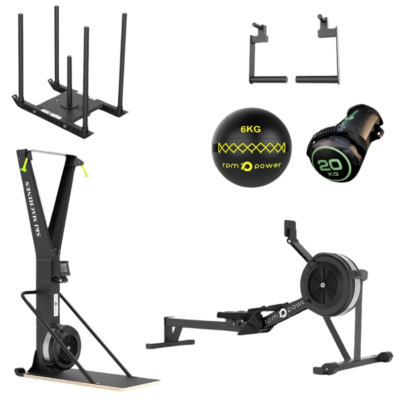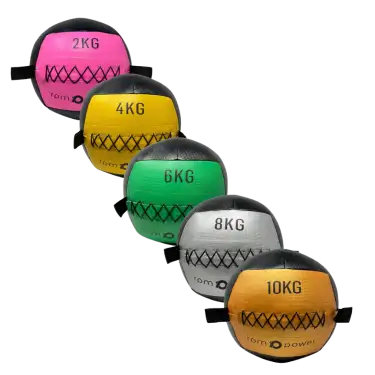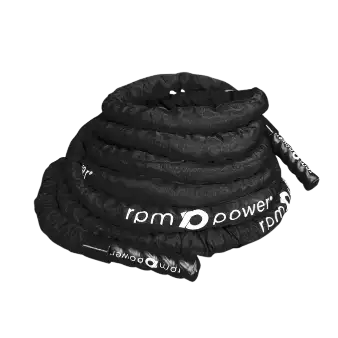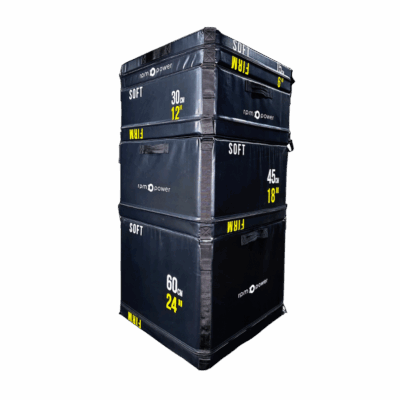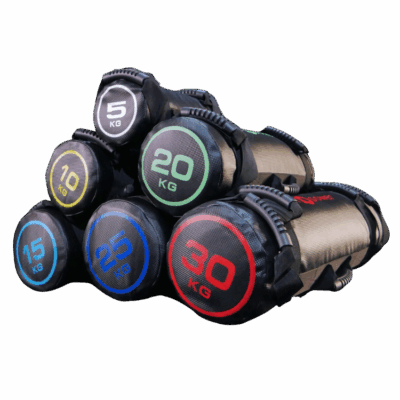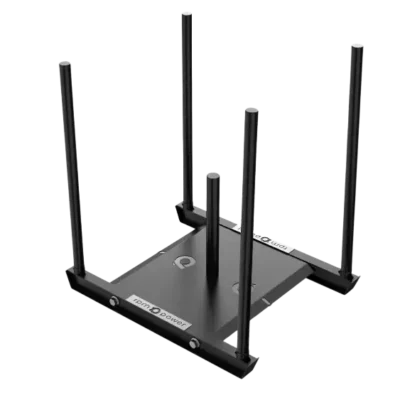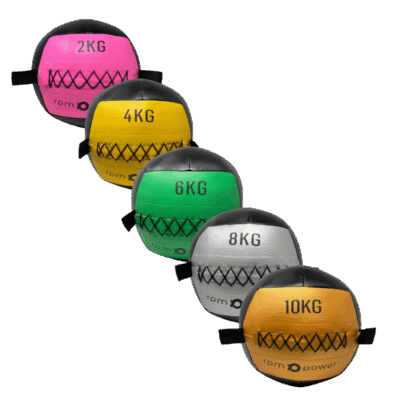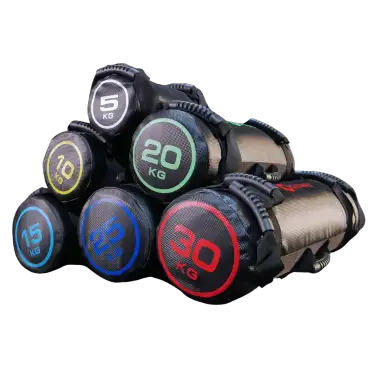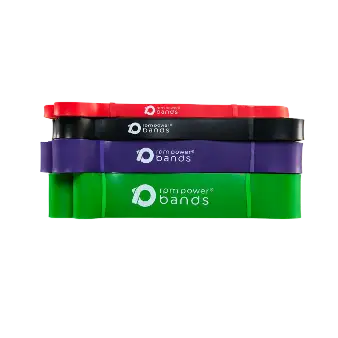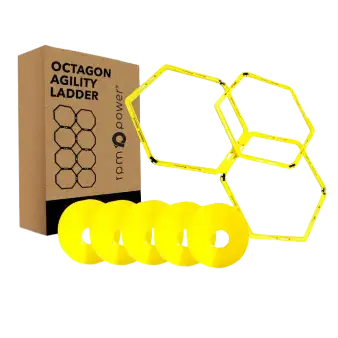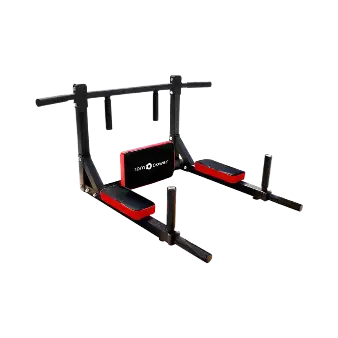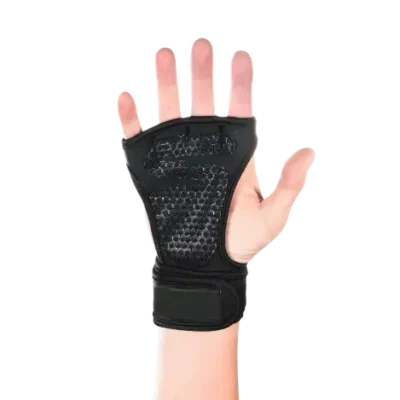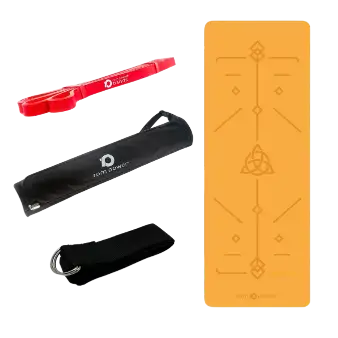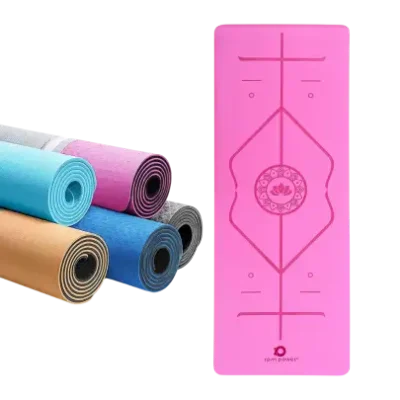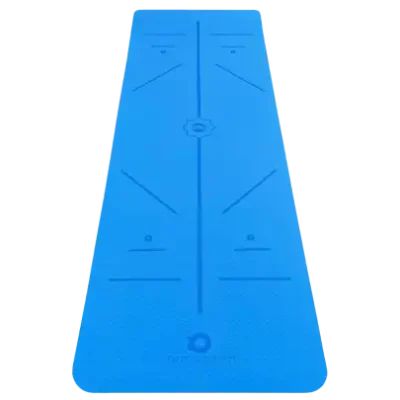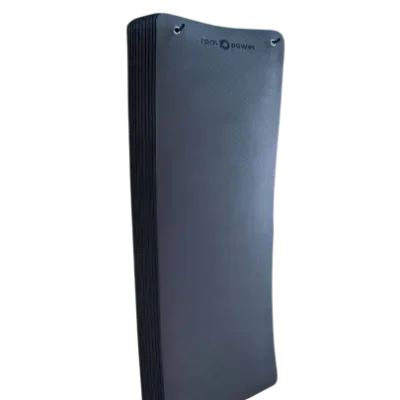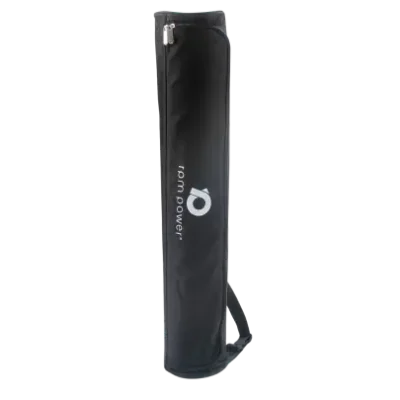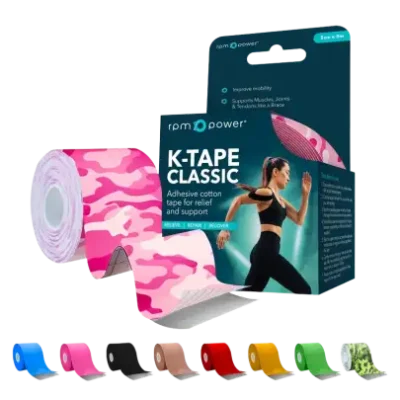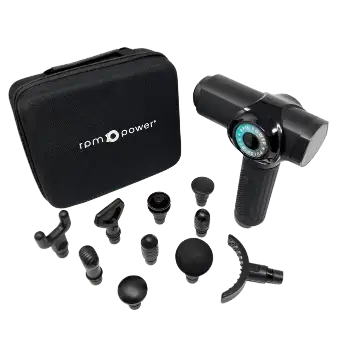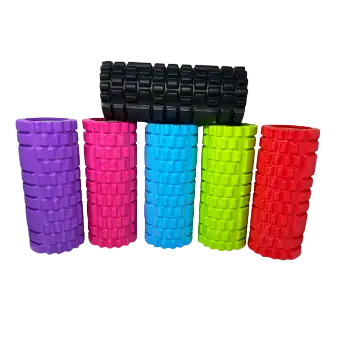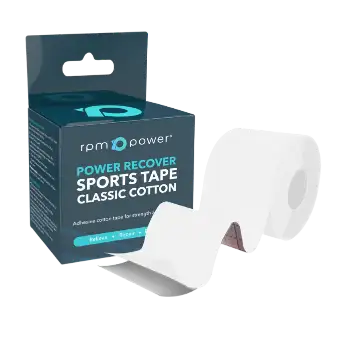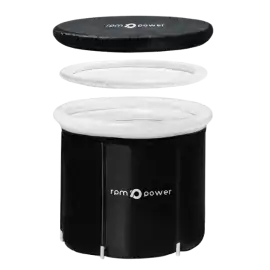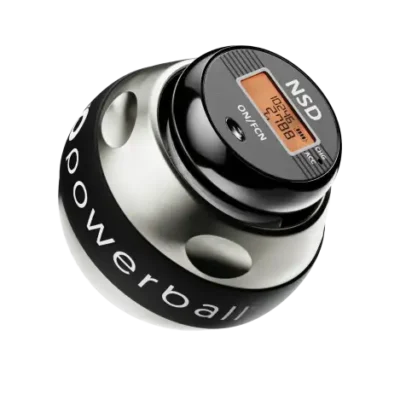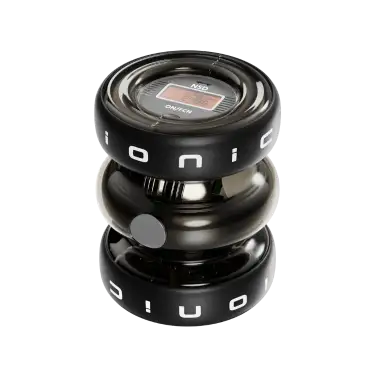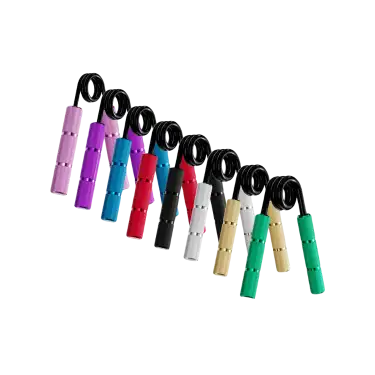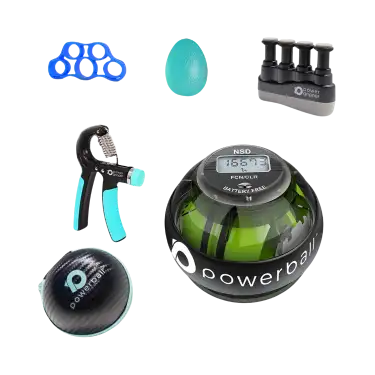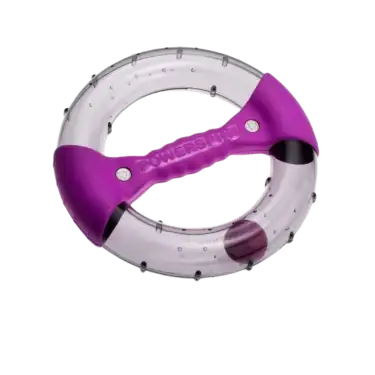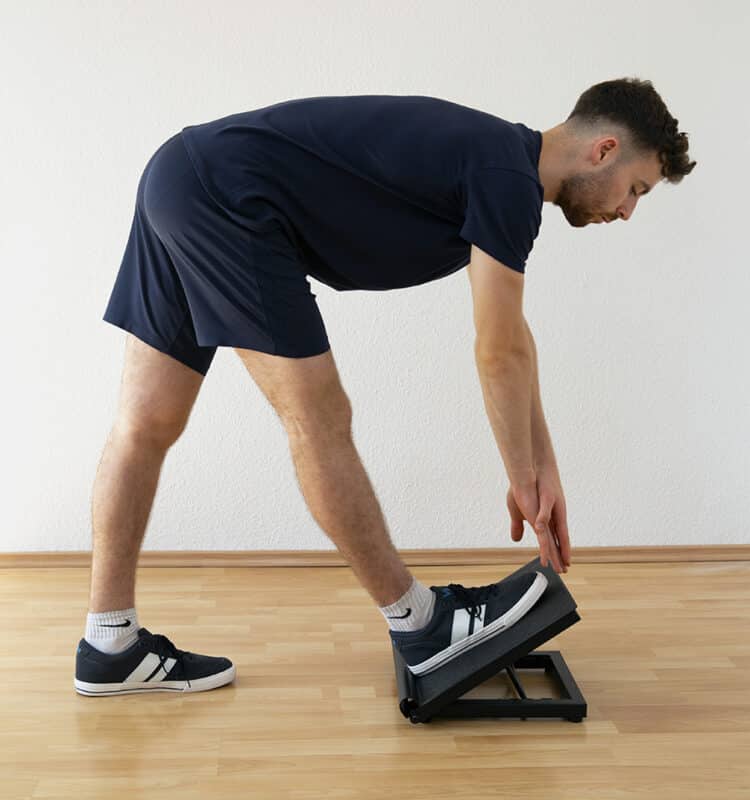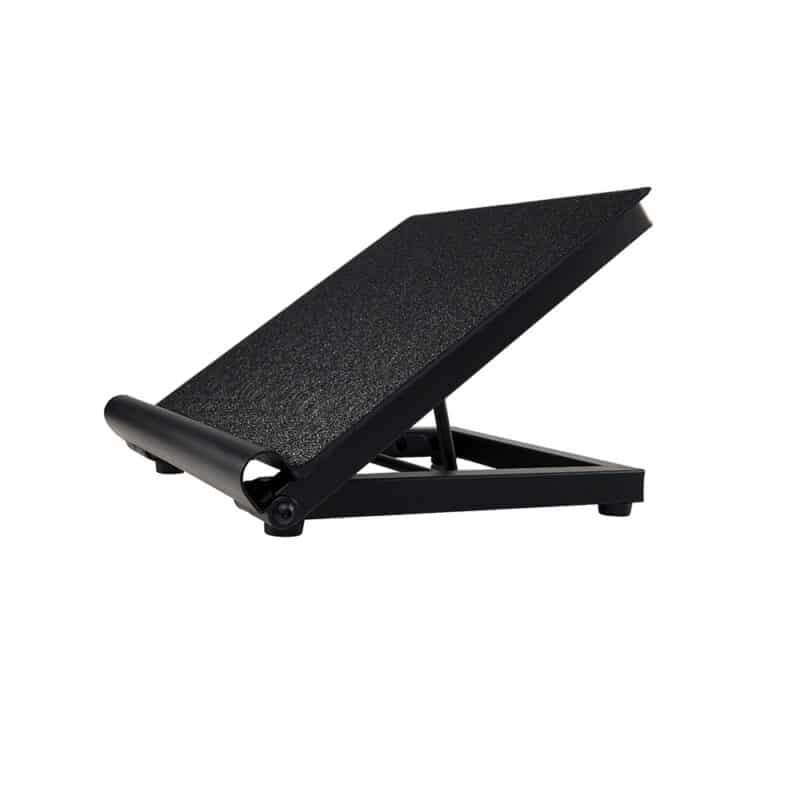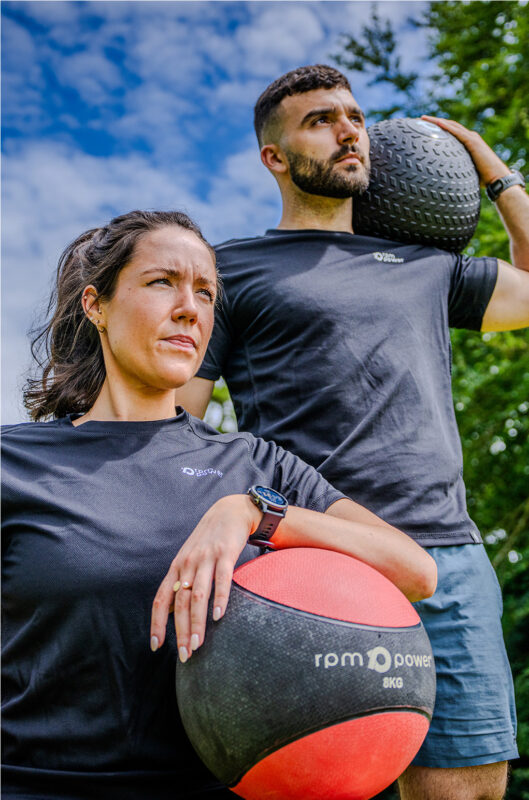Uncategorized
Slant Board: Effective Treatment for Patellar Tendonitis
ABOUT SLANT BOARDS
Every once in a while, innovation within the fitness industry means new tools come to the mainstream, which offers newfound ways to strengthen and rehabilitate your body – the slant board is one of these.
In a world of high-tech advanced fitness equipment, it is often the simplest, most basic looking pieces of equipment which have the power to change your body for the better.
So what exactly is a slant board?
A slant board is a flat, non-slip platform designed from wood or steel, which, as the name indicates, can be changed to different levels of incline to achieve alternate levels of ‘slant’. The RPM Power slant board offers the user 5 adjustable incline levels to choose from, with each level being suited to various needs and type of stretch of exercise required.
BENEFITS OF SLANT BOARDS
A slant board can be used for a variety of deep stretches, which will focus on isolating muscles and tendons in your feet, glutes and legs, which help maintain overall strength and fitness. Simple to use and hard to master, deep stretching is only one of the many benefits slant boards offer, with one of the main reasons for slant boards’ popularity being their ability to fix and rehabilitate knee pain (patellar tendonitis).
Some of the benefits of training with a Slant Board include:
1. BALANCE
A slant board is the perfect tool to use when it comes to improving your balance skill in relation to its exercises. A slant board will require a static position in relation to high-energy, motion based exercises which are applicable to sports training. Being able to hold a fixed position is crucial to every day and explosive movement required by almost everyone. A slant board will force you to maintain proper posture when stretching and can assist in the strengthening of your hips, calfs, hamstrings and more.
2. REDUCE ACHES & PAINS
Using a slant board for even a short amount of time daily will allow you to focus on a wide range of muscles from the hips down. This makes using a slant board the perfect tool for a warm-up or cool-down for athletes or amateurs who can’t find the time to stretch normally. The applications of using a slant board in relation to muscle recovery are exceptional, with Young et al, (2001) concluding that Slant Board exercises are effective in aiding the recovery of many injuries.
3. Fix knee pain
Knee pain is a common issue which plagues almost every active person at some point in their life. The sharp pain you can feel in your knees when exercising is an extremely common issue which is known as ‘patellar tendonitis’. The patellar tendon is a short but wide tendon which runs from your kneecap to the top of your kneecap, which absorbs a huge amount of loading in sports where explosive and sustained movement is required.
Such pains are typically caused by common issues, such as:
- Weak thigh muscles
- Poor hamstring and quadriceps flexibility
- Poor explosive leg strength
RPM POWER SLANT BOARD
When designing our slant board, we took into consideration all the other models currently being sold on the marketplace to create one which would trump all others.
Designed with premium stainless steel, the RPM Power Slant Board is built from solid stainless steel with a textured surface for optimum grip. The curved raised base heel support at the base, ensures added support and comfort while exercising/stretching even when used at the highest incline settings.
With 5 incline levels to choose from, the Slant Board acts as a squat wedge will help you diversify your workout, helping you grow stronger and gain greater mobility & flexibility in a host of exercises including squats, deadlift, tap downs and more!
Regardless of your age, level or ability, the RPM Power Slant Board is a tool which can bring a multitude of benefits to any user. Click the image to the right of this paragraph or see more information here.
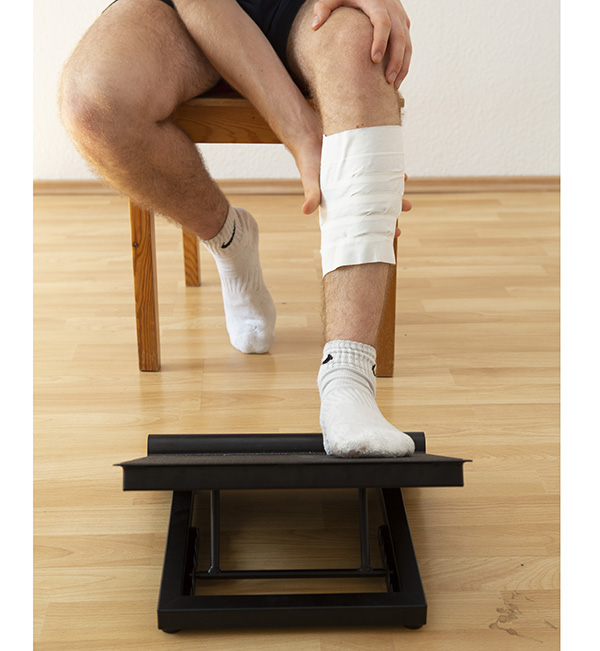
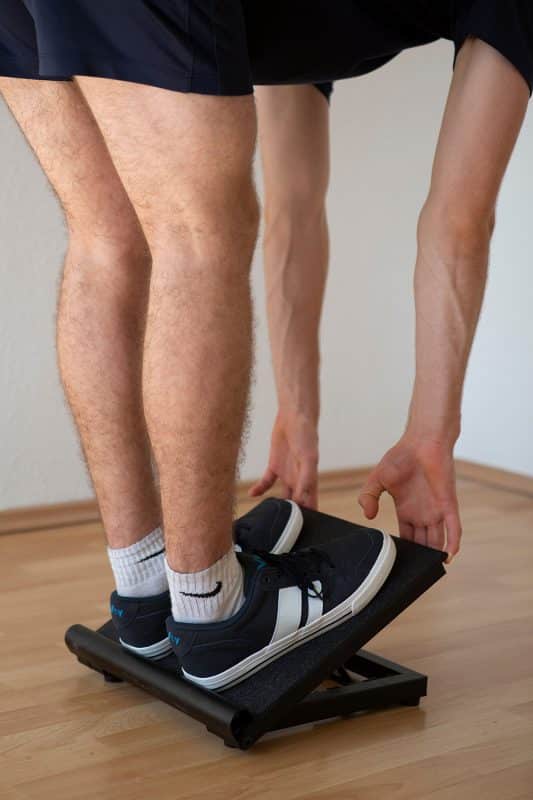
Slant board stretches exercise guide
Anyone at any age or level can use a Slant Board. The only recommendation we make is that when starting off training with your slant board, that you start off at the least steep level of incline for the first couple of sessions. This will give your body and muscles more time to acclimate to the new exercise without any additional risk of injury. Once you are familiar with the slant board exercises, you can begin to increase the angle in your slant board training.
1. Straight leg stretch
To start off our slant board stretching exercises, we’ve picked the simplest and most fundamental slant board stretch first.
- To begin this stretch, set your slant board to your desired incline level based on your ability.
- Step onto the board with two feet.
- Tense your core and put your hands on your hips for balance.
- Hinge your hips upwards and feel the stretch in your calfs & hamstrings.
- Hold this for approximately 30 seconds – 1 minute depending on your level of ability.
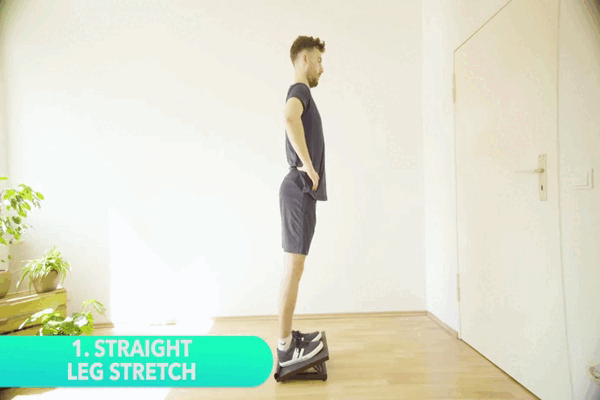
2. Bent over hamstring stretch
Like the name suggests, this exercise is used to stretch your hamstring muscles. The key to doing this exercise successfully is to set the slant board on a slightly higher position around the 2nd or 3rd incline to feel a true stretch with your slant board.
- Step onto the slant board with the back of both feet placed against the base plate.
- Once in position, with your legs straight lean forward slightly and touch your toes. You will start to feel the stretch all the way towards the back of your calf and throughout your hamstring muscle.
- Hold this position for 30 seconds – 1 minute based on your level of flexibility.
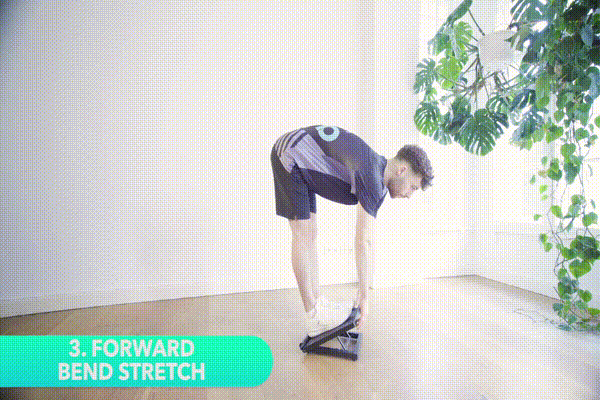
3. Forward Bend Side to Side
The side to side bend is a unique stretch done on a slant board which can focus on the hips unlike anything else.
- To start this exercise, set your slant board’s incline level to low (easiest setting).
- Step on the board with two feet, with your toes above your ankles.
- With your legs straight and your hands on your hips, use your left arm to put the top right corner of the slant board, all the while ensuring your legs are straight and your core is braced.
- Once completed, stand upright on the slant board and reach for the top left corner with your right hand.
- Hold the stretch for 15 – 30 seconds depending on your level.
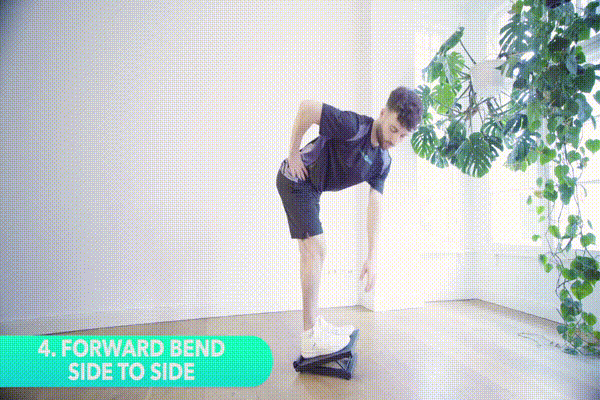
4. Single Calf Stretch
The single calf stretch is a fantastic exercise to stretch areas of your calf muscle that would not be attainable without a slant board.
- To start this exercise keep one foot in front of your body on the slant board with the slant board positioned directly in front of your hip, toes higher than your heel and leg bent.
-
Straighten your back leg and shift your front knee forward over your knee to hold the stretch.
-
Start this exercise at a low angle and hold for about 30-60 seconds and increase the angle as your flexibility improves.
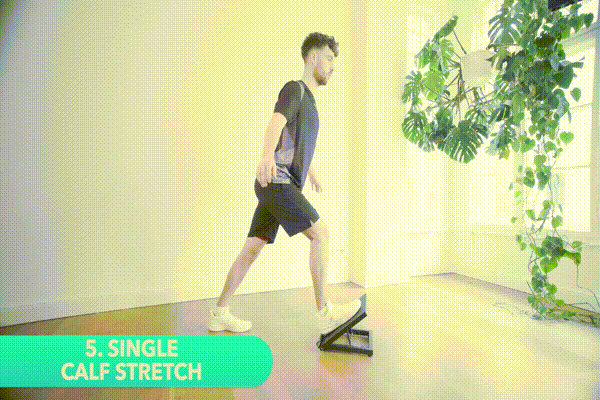
5. Dual Leg Stretch
The dual leg stretch is a great slant board exercise to focus on your Achilles tendon and calf muscle.
- Stand upright on the board with your feed around hip-width apart. The incline level you choose can vary based on your level of flexibility and tightness.
- With your toes higher than your heels, keep your legs straight and stretch
- Start at a low angle and increase the angle as your flexibility increases
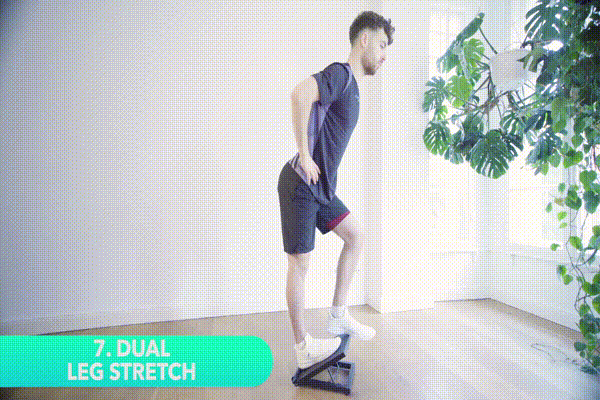
SLANT BOARD & PATELLAR TENDONITIS
6. Slant Board Step Down
This is a great exercise for multiple reasons. Some of the benefits include explosive power, kneecap stability and reducing the effects of patellar tendinopothy
- With the board at a low incline, step onto the board with both feet in place.
- Slowly extend one leg outwards and lower slightly until your heel touches the floor.
- Make sure the knee of your bent leg is aligned with your foot and go slow to ensure you feel the strain.
- Repeat 10 reps before swapping legs.
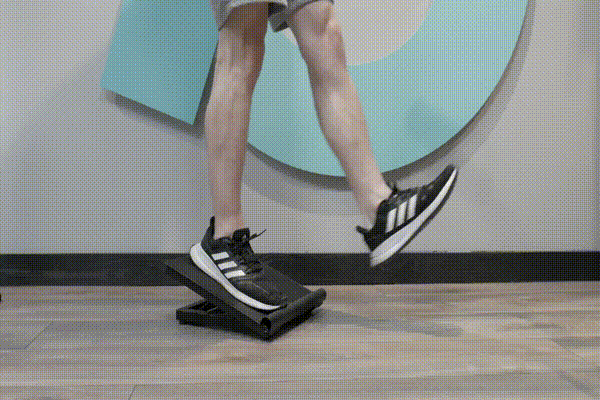
7. Dual Leg Decline Squat
The decline slant board squat is the most important exercise one can do with their board to combat patellar tendonitis and strengthen your knees. Increasing explosive power and mobility in the knees, to do this exercise:
- Stand on your slant board with the incline at the lowest setting (the one above flat)
- Stand upright on the board with your feet hip width apart with your toes lower than your heels and your legs straight.
- Slowly bend your legs and hinge slightly forward at the hips with your heels on the board until you reach a squat position with your knees over toes.
- Straighten out your legs and return to the start position to repeat.
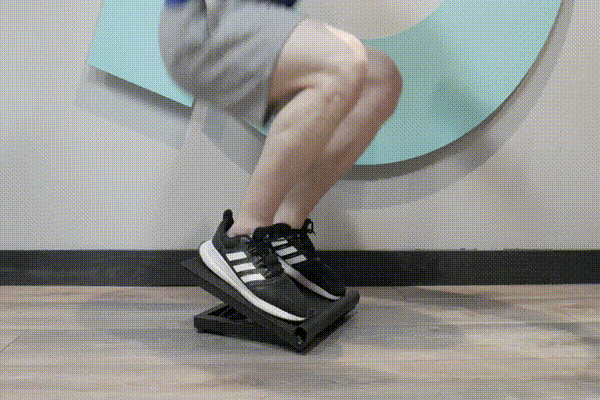
8. Slant Board Calf Raises
Calf Raises on a slant board differ to typical calf raises, making them a simple, effective exercise to strengthen your calf muscles and strengthen your Achilles tendons.
- Standing on the slant board with both feet, make sure you are standing with your toes facing upwards on the board.
- Rock your hips forwards until you feel a stretch in both of your calfs.
- Stand on the balls of your feet and hold this for 1-2 seconds.
- Repeat 10 – 15 reps based on your level
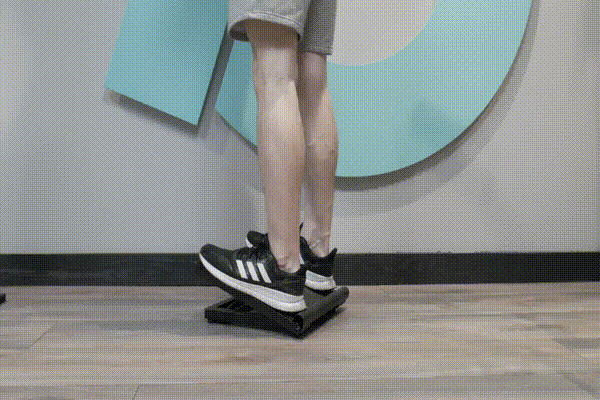
9. ATG Split Squat
The ATG split squat is fantastic at improving your knee, Achilles and ankle mobility.
- With the board on a low setting, out your put on the centre of the slant board.
- Lean forwards into a lunge, trying to touch the top of your calf muscle with your hamstring.
- Get low enough that you feel the rep, but not so low that your knee touches the floor.
- Complete 8-10 reps based on your level of fitness.
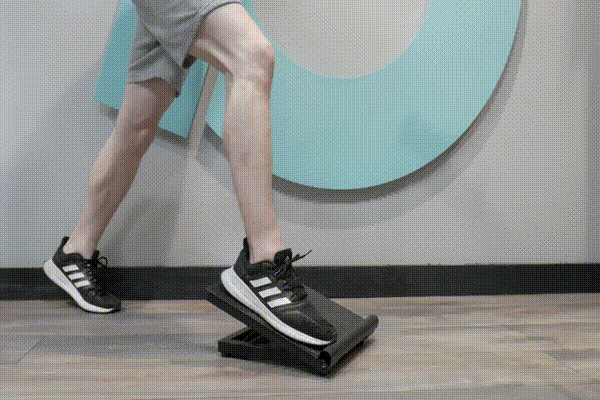
SUMMARY
To conclude, slant boards are a fantastic way to rehabilitate, strengthen and mobilize your lower body. If you are looking to reduce aches or pains, improve performance or even just gain flexibility, it is the device for you.
To get an additional 10% off our slant boards, use the code:
‘Slant10’
